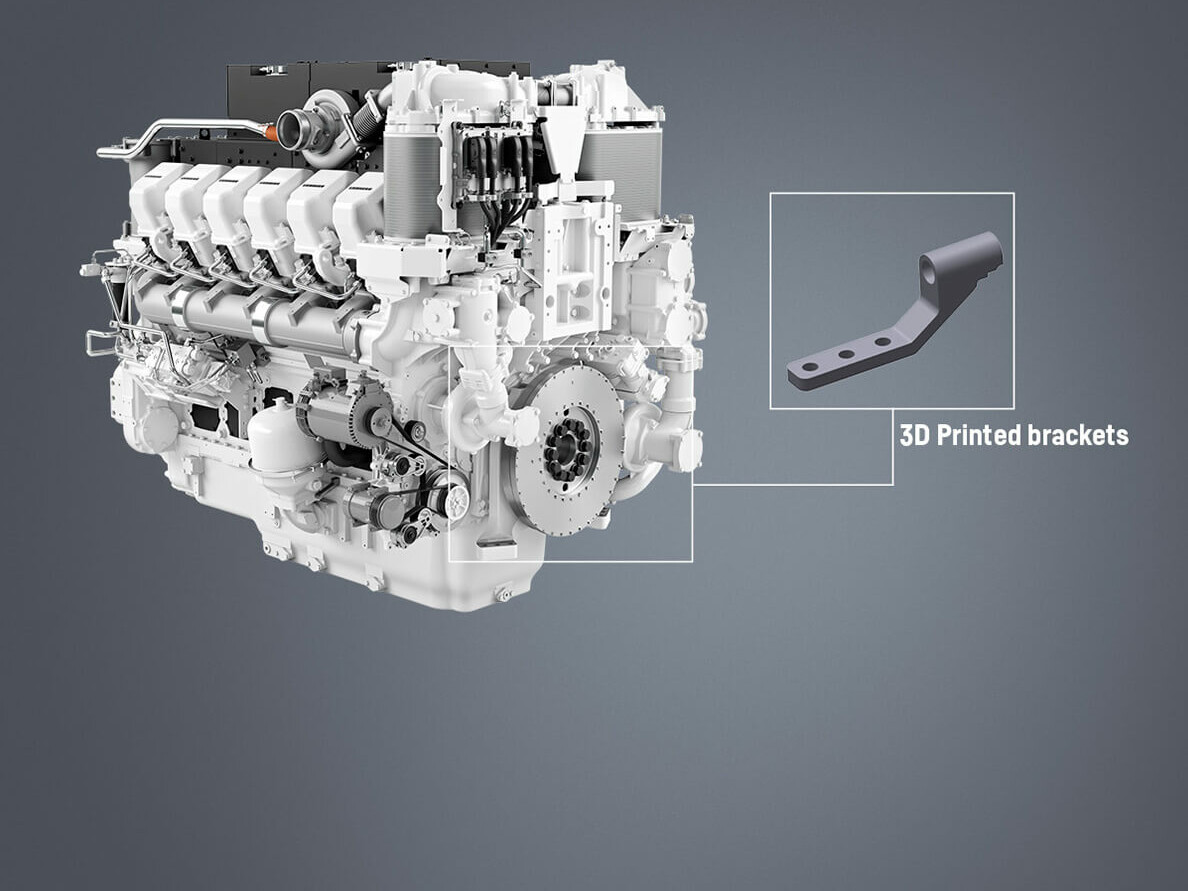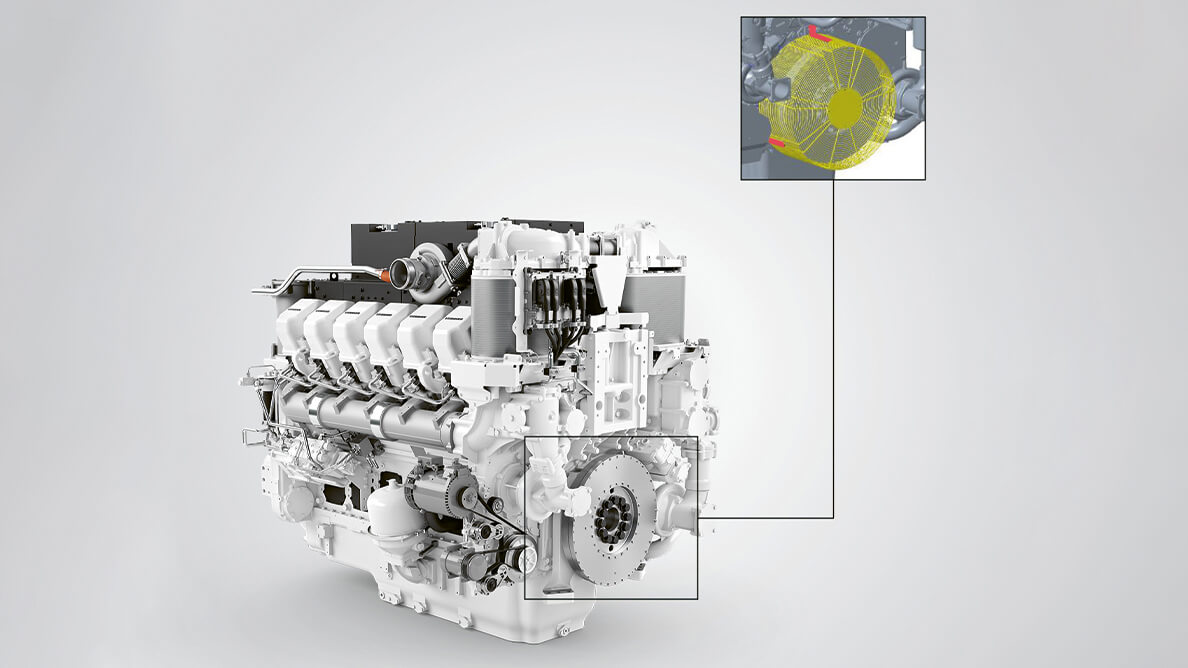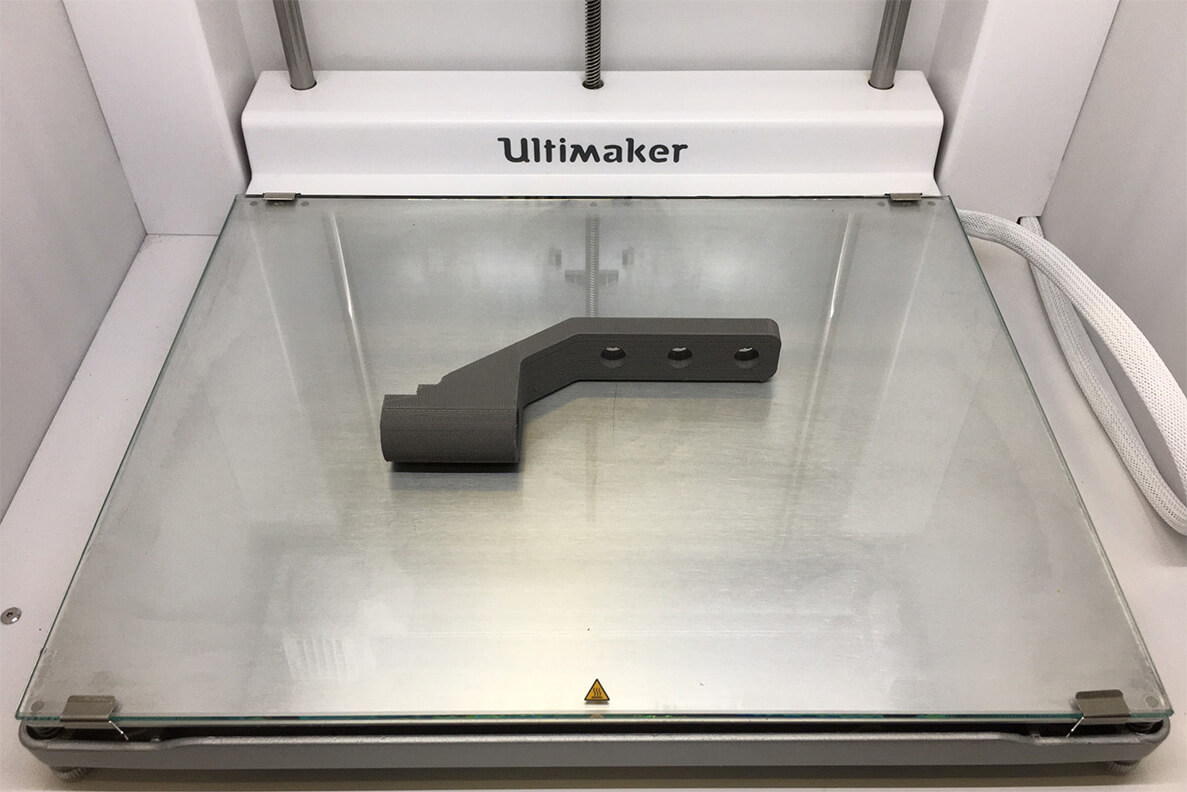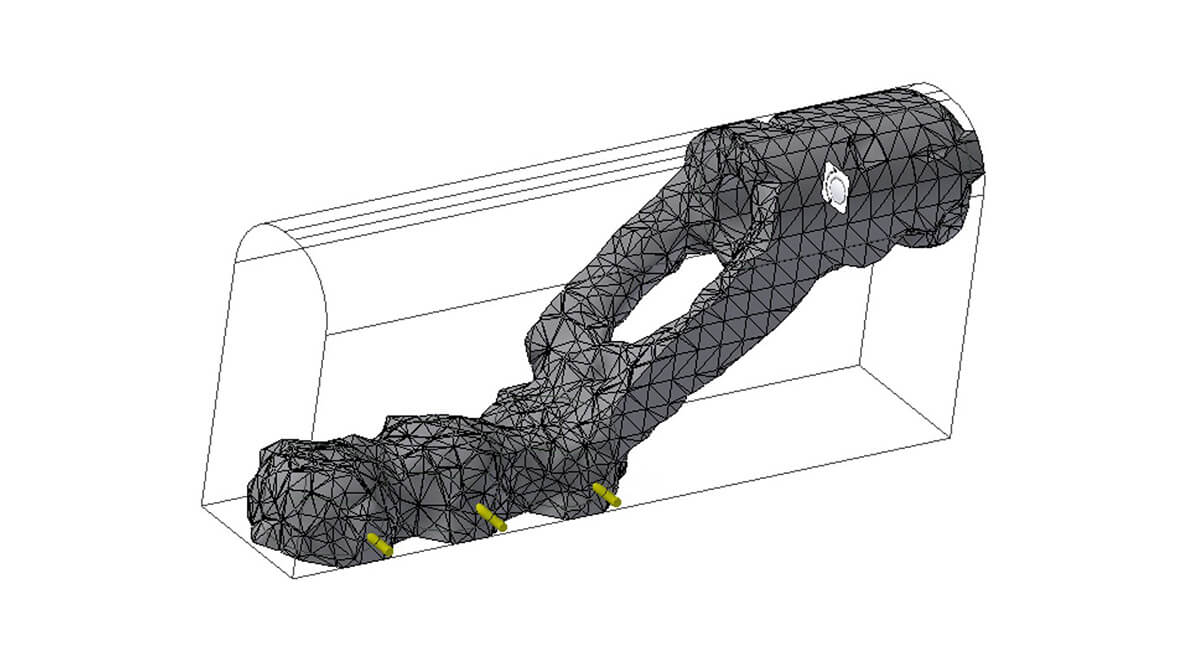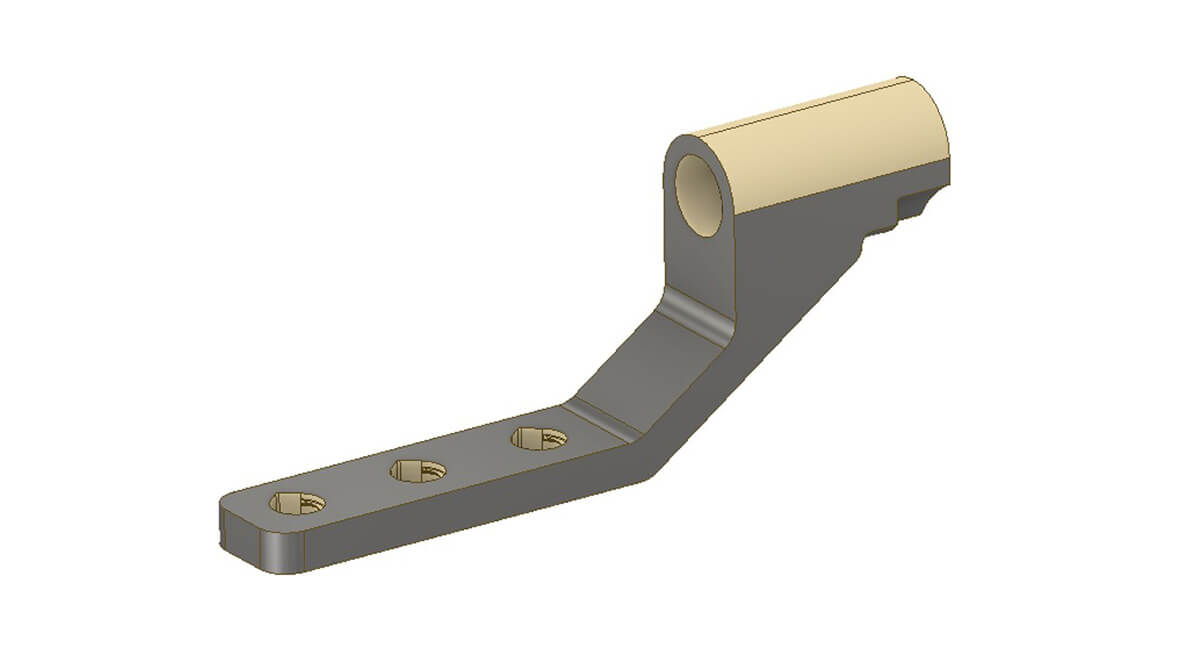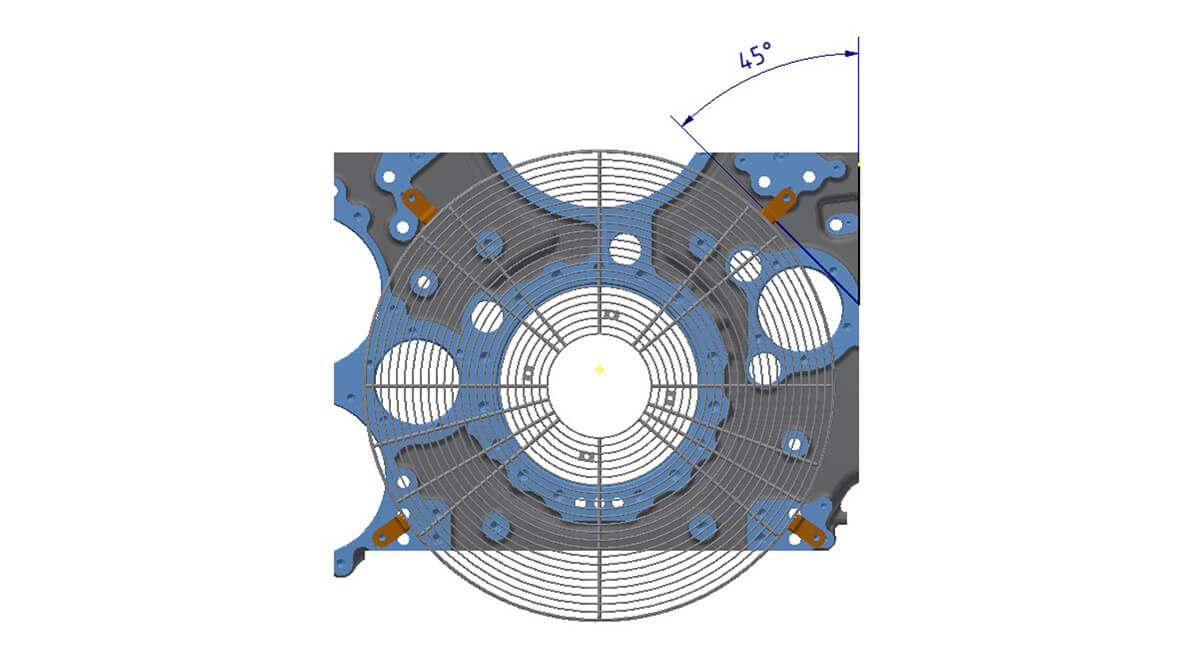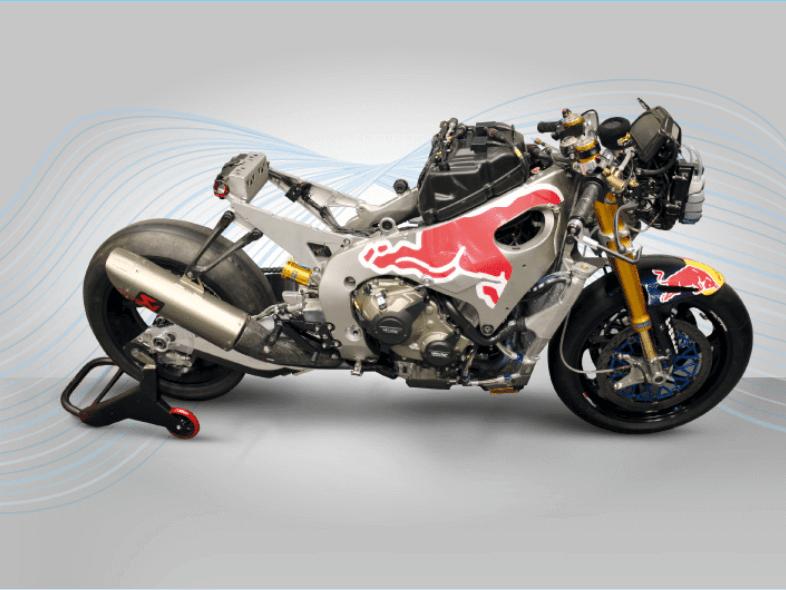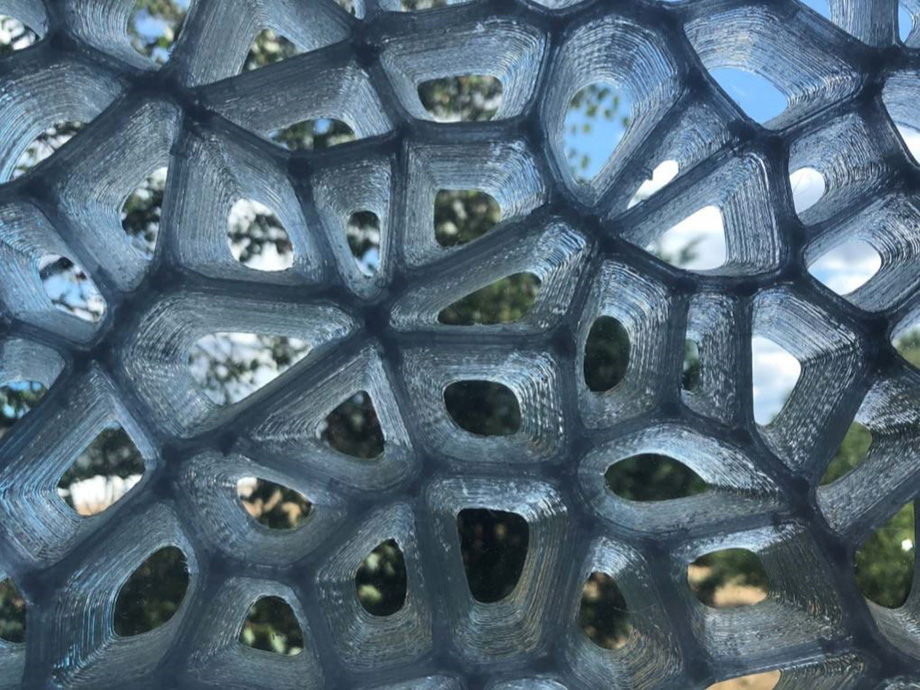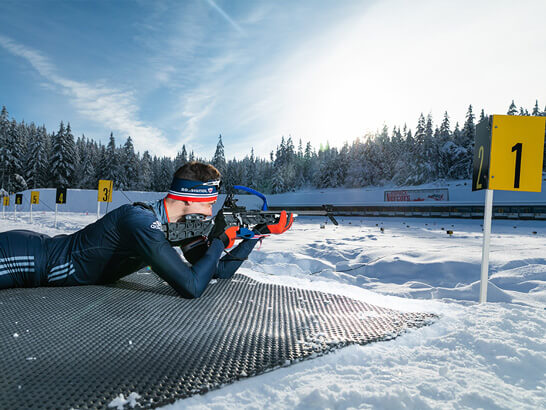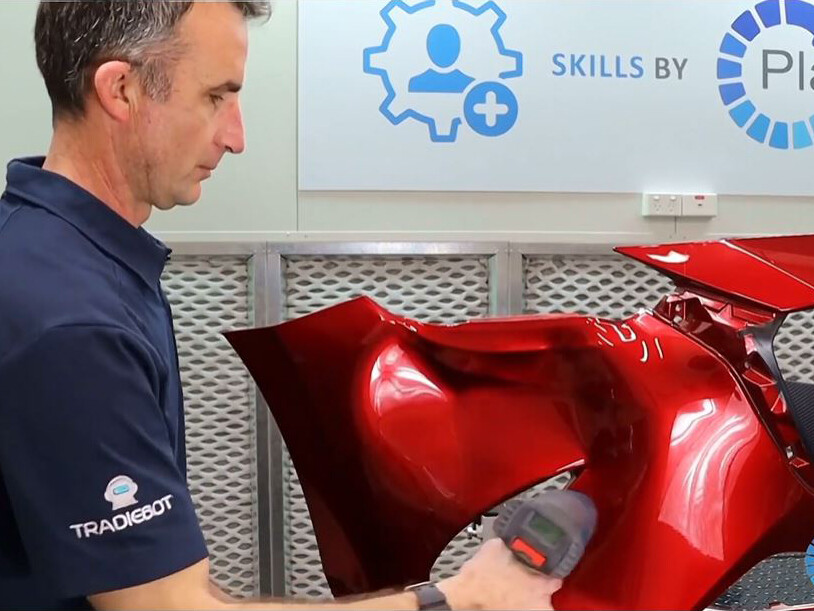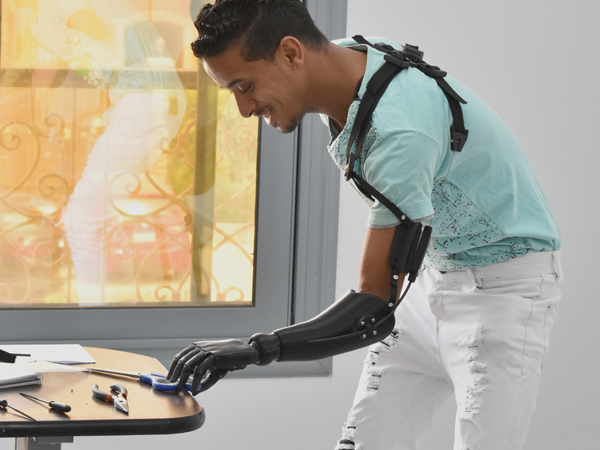Engine Bracket
Full Metal Bracket for Liebherr Components with AM Consultancy and Filament from Forward AM
When migrating from traditional manufacturing methods to Additive Manufacturing, an experienced and trustworthy AM expert partner is the decisive success factor.
Project Breakdown
Industry
Industrial
Product
Engine Bracket
Why Forward AM?
High-performance metal filament, deep simulation expertise
Forward AM materials used
Ultrafuse® 316L, Ultrasim®
The result
Comprehensive consultancy enabling Liebherr Components to ‘think additive’ / Bracket enabling major weight and cost reductions thanks to 3D infill structure, plus greatly improved safety
So what moved one of the world’s largest construction machine manufacturers to ‘think additive’?
Enabled by the expert Additive Manufacturing consultancy and deep Virtual Engineering know-how of Forward AM, Liebherr Components took the step of 3D printing their first component for prototyping as well as potentially serial production. In close collaboration, the two companies introduced leading-edge AM as the new manufacturing method, applied it with Virtual Engineering to Liebherr Components’ initial component, 3D printed the definitive part, and successfully demonstrated its production scalability.
Liebherr Components will now take its transition a major step further and drive the adoption of AM across other Liebherr Group production facilities, starting in 2021. Beginning with the Forward AM metal filament Ultrafuse® 316L, Liebherr Components plans to integrate the entire Forward AM materials range in their global production, including advanced polymer powders, engineering-grade plastic filaments, and highly versatile resins. Let’s take a look at how this successful partnership came to life.
Challenge: Create and Establish the Additive Mindset
Liebherr-Components Colmar SAS in France are dedicated to the development, design, assembly and testing of large diesel engines for heavy duty machinery. Here it’s a more modest-looking component that showcases Liebherr Components’ successful transition to 3D printing: A bracket that secures the engines powering the company’s heavy duty machines as well as power generation.
Solution: With Virtual Engineering to Real Steel
Intrigued about the potential of Additive Manufacturing, Liebherr Components reached out to Forward AM to better understand the capabilities of metal component production, especially with regards to applying highly cost-effective metal fused filament fabrication (FFF).
Through its extensive range of state-of-the-art Virtual Engineering services, Forward AM support AM technology adopters in identifying the key benefits of AM for their specific industry and company, right down to single parts. Forward AM’s Virtual Engineers accompanied the introduction of 3D printing at Liebherr Components with comprehensive knowledge transfer and side-by-side consultancy. Having identified the engine bracket as a suitable pilot prototype, together Liebherr Components and Forward AM turned the digitally optimized simulated component into a real-world proof of concept.
Especially in large-scale transitions to Additive Manufacturing, it’s crucial for manufacturing companies to know the final 3D printed component will meet their engineering requirements and specifications precisely, reliably, consistently, and safely. To guarantee Liebherr Components this ease of mind, Forward AM’s Virtual Engineers ran digital simulations precisely predicting the behavior of the new material, and then demonstrated the performance of the final part mounted in the engine. The key tool for all extensive simulations and Virtual Engineering at Forward AM is Ultrasim® – a BASF-developed software collection that allows simulation specialists to incorporate the complex nature and behavior of thermoplastic materials with very high accuracy.
Focusing on the material for the bracket, Forward AM’s advanced metal filament Ultrafuse® 316L was the perfect match: This metal-polymer composite filament enables the production of key components in surgical-grade 316L stainless steel – ideally suited for jigs and fixtures, spare parts and functional prototypes such as the part Liebherr Components now produce with Additive Manufacturing.
After initial clarification and definition of the requirements of the final component, Forward AM’s Virtual Engineers began mapping out the entire development process from concept to final part. Since the initial part was designed and built around traditional manufacturing, digital topology optimization was the first step in fully harnessing the benefits of Additive Manufacturing to identify the best-possible component structure. This process is only possible through Virtual Engineering and the radically expanded design freedom that 3D printing provides.
The optimal structure for the component is identified virtually, based on the mechanical forces applied in real-life operation. Digital simulation reveals which aspects of the part need to be retained, such as cutouts for screws, and where material can be eliminated as there are no significant mechanical or thermal forces applying. The topology optimization results in a wholly new component structure and makes it much lighter, as material is only used where it is needed. In the next step, Forward AM’s Virtual Engineers adapt the optimized topology to metal 3D printing, leveraging a design option that is only achievable with 3D printing: Integrating a lattice structure as infill for the part, making it much lighter without compromising on functionality or stability in any way.
By only using material where needed and integrating lattice structures as infill, the redesign of the bracket reduced its total weight from 343 to 167 grams – a huge reduction of over 50 percent. The lower weight logically also results in a lower price per part, as less material is used and thus less 3D print time is needed for manufacturing.
Following the ‘brown’ part simulation – a common step in metal 3D printing to predict the feasibility of the printing process – then virtual debinding and sintering, a structural simulation is conducted. By virtually installing the new Additive Manufactured engine bracket, it can be compared with the original bracket in terms of mechanical and temperature stress resistance, making sure the lattice structure performs successfully under harsh real-world conditions.
Virtual assembly ensures the Additively Manufactured part’s dimensions fit the final application. Additionally, a frequency analysis is conducted – evaluating whether the four engine brackets can withstand the very high operating loads of the aggregate structure, or whether they will stray into eigenfrequency. The result showed the eigenmodes exhibited behavior very similar to the original component. Taking it one step further, the Virtual Engineers at Forward AM added a key safety advantage, making sure the printed part not only withstands the specified operating loads but can safely withstand three times these forces.
After successful printing, the part undergoes an extensive 3D scanning process to compare its dimensions with the previously generated simulation. After analyzing the alignment, comparing surfaces and checking precise dimensions, the high accuracy and high-performance quality of the final part for Liebherr Components was proven.
This enabled Liebherr Components to give the green light for manufacturing the brackets and mounting them in the target application. Liebherr Components undertook exhaustive testing on the stand, precisely analyzing whether the performance of the simulation-generated component met their exacting quality and functional standards. To promote a more effective real-world assembly process, Liebherr Components requested the integration of two extra bolt threads in the new bracket. By ‘thinking additive’ and aligning production with AM, this was possible without having to add even one further manufacturing step!
Making the transition to AM yields numerous benefits for LiebherrComponents: The bracket is manufactured at greatly reduced cost, time and weight, and ensures identical load-bearing capacity. Having achieved a deeper understanding of AM technology and the advantages it brings, Liebherr Components have now launched in-house printing using an Ultimaker 3D printer and is planning the global rollout of AM in their production facilities around the world.
“Introducing prototype components printed with the metal filament Ultrafuse® 316L by Forward AM allows us to bridge the gap between our 3D printing ambitions and our main products – engines.”
Hugues Winkelmuller, Advanced Technologies Expert, Liebherr Components.
Share this page
Next Steps
Reference Links and Documents
Get in touch
Do you have questions about our materials, technologies or services? Get in touch now!
